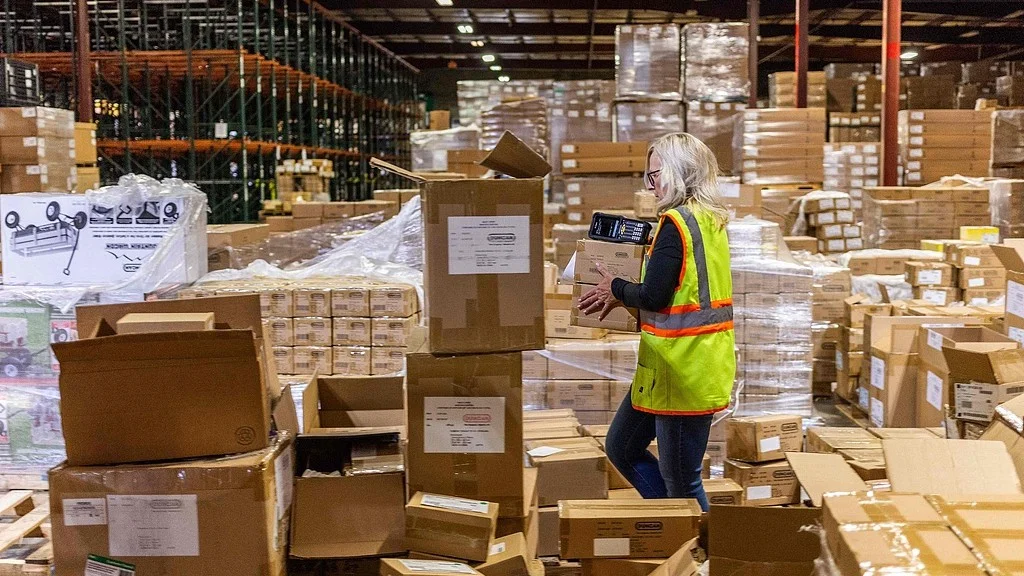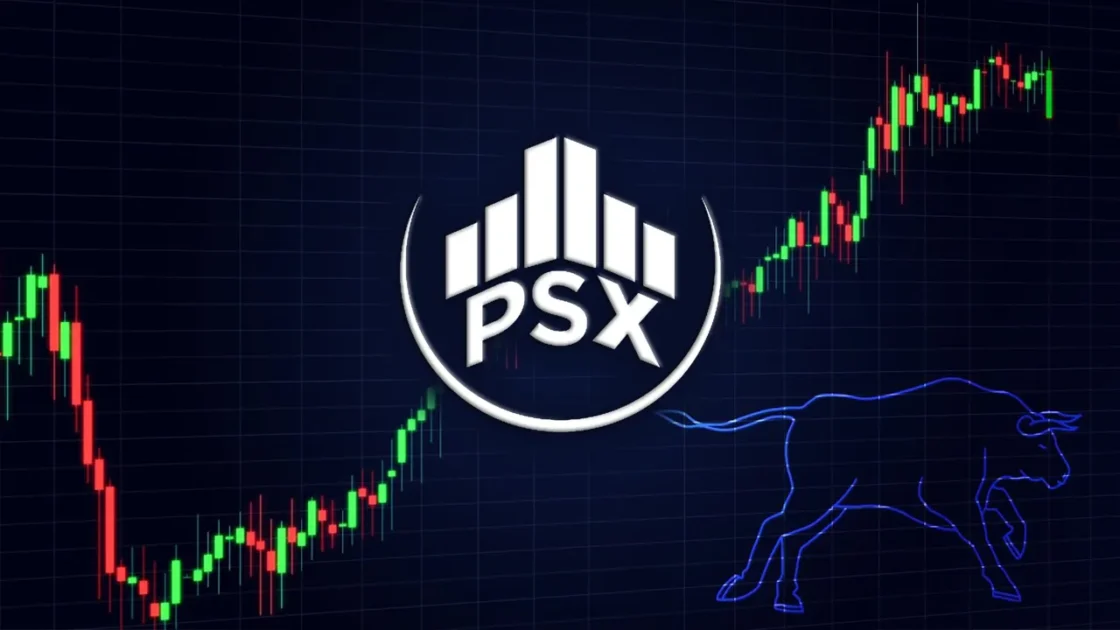- Syed Raza Hassan
- 3 Hours ago

As tariffs climb, US retail faces ‘de-facto embargo’ from China
-

- Web Desk Karachi
- Apr 28, 2025

WASHINGTON, UNITED STATES: President Donald Trump’s tariff onslaught has ruled Washington and Wall Street for nearly a month. If the trade war persists, the next upheaval will hit much closer to home.
Since the US raised levies on China to 145 percent in early April, cargo shipments have plummeted, perhaps by as much as 60 percent, according to one estimate. That drastic reduction in goods from one of the largest US trading partners has not been felt by many Americans yet, but that’s about to change.
By the middle of May, thousands of companies – big and small – will be needing to replenish inventories. Giant retailers such as Walmart Inc. and Target Corp. told Trump in a meeting last week that shoppers are likely to see empty shelves and higher prices. Torsten Slok, Apollo Management’s chief economist, recently warned of looming “Covid-like” shortages and significant layoffs in industries spanning trucking, logistics and retail.
While Trump has shown signs in recent days that he’s willing to be flexible on the import taxes imposed on China and others, it may be too late to stop a supply shock from reverberating across the US economy that could stretch all the way to Christmas.
“The clock is absolutely ticking,” said Jim Gerson, president of The Gersons Companies, an 84-year old supplier of holiday decorations and candles to major US retailers. The company, based in Olathe, Kansas, sources more than half its products from China and currently has about 250 containers waiting to be shipped.
“We have to get this worked out,” said Gerson, who’s part of the third generation from his family to run the company, which generates roughly $100 million in sales a year. “And hopefully very soon.”
Even when hostilities ease, restarting transpacific trade will bring additional risks. The freight industry has reduced capacity to match weaker demand. That means a surge of orders sparked by a détente between the superpowers will likely overwhelm the network, causing delays and boosting costs. A similar scenario unfolded during the pandemic when container prices quadrupled and a glut of cargo ships jammed up ports.
“There will be a surge in ports and consequently for trucks and rail creating delays and bottlenecks,” said Lars Jensen, chief executive officer of shipping consultant Vespucci Maritime. “Ports are designed for stable flows, not the off-again, on-again volume shifts.”
The US tariffs on China came at a critical time for the retail industry. March and April is when suppliers start ramping up inventory for the second half of the year to fill orders for back-to-school shopping and Christmas. For many firms, the first holiday goods should be hitting the water bound for the US in roughly two weeks.
China says on ‘right side of history’ in trade standoff with US
“We are paralyzed,” said Jay Foreman, CEO of toymaker Basic Fun in Boca Raton, Florida, which supplies big retail customers such as Amazon.com Inc. and Walmart. He called the tariffs a “de-facto embargo” and said customers have been pausing orders so far, but he expects them to start cancelling them if the China tariff stay in this level for much longer.
“There’s a couple weeks, then it really starts to hurt,” says Foreman, whose company generates about $200 million in sales a year and sources roughly 90 percent of products from China. “We are in a period where the damage is manageable, but every week the damage level is going to increase.”
Supply Shock
The leading edge of that supply jolt is evident in Asia. There are currently about 40 cargo ships that recently stopped at ports in China and are now bound for the US, down by about 40 percent from early April, according to ship tracking compiled by Bloomberg.
Those vessels are carrying about 320,000 containers, according to the data, about a third fewer than just after Trump announced he was raising tariffs on almost all goods from China to 145 percent.
Judah Levine, head of research at cargo booking platform Freightos, said a lot of US importers will be front-loading orders from other American trading partners through the 90-day reprieve on Trump’s so-called reciprocal tariffs. That could help cushion any China-centric shock through ports and logistics networks.
With Chinese merchandise too pricey, some cargo owners in the US are turning to suppliers in Southeast Asia.
Hapag-Llyod AG, the world’s fifth largest container carrier, said in an emailed statement last week that it’s seeing cancellations of about 30 percent of bookings from China to the US. But business is sharply up from exporters in Cambodia, Thailand and Vietnam, the Hamburg, Germany-based company said.
However, the whiplash effect on the economy still might be difficult to navigate in the months ahead, Levine said.
“It is likely there will be a significant slowdown,” he said and “the restart could cause some congestion, with the strength of the rebound and resulting disruption probably correlated to the length of the pause.”
With demand for goods from China to the US sinking fast, cargo carriers have slashed capacity to keep ocean freight rates from cratering. In April, there were about 80 cancelled sailings from China to the US, roughly 60 percent more than any month during the Covid pandemic, according to figures cited by John McCown, a veteran industry executive.
“It is a fair statement to say that the container shipping sector has never faced the sort of macro headwind that it is now facing,” McCown said in a recent research note.
The World Trade Organisation has warned that goods traded between the US and China could decrease by as much as 80 percent, backing US Treasury Secretary Scott Bessent’s description of the current situation as essentially a trade embargo.
The uncertainty is party why economists say a US recession is almost a coin flip. Forecasters surveyed by Bloomberg expect imports to fall at 7 percent annual rate in the second quarter – which would be the biggest drop since the onset of the pandemic.
The looming supply shock has prompted economists to revise up their inflation forecasts because it could push prices higher. Executives say price tags on goods from China could double on some items. And that would come at a time when consumer sentiment is deteriorating sharply.
IF American’s trade war with China goes on for a few more weeks, suppliers and retailers will have to make some hard decisions about the second half of the year, including which goods to ship and how much to raise prices.
Suppliers are expecting lots of orders to be cancelled. That will push retailers to scour the US and other markets for goods to fill their shelves, even if they’re from last Christmas. It will also be a big financial hit that many companies will likely respond to by cutting costs, including jobs or taking pricey debt.





